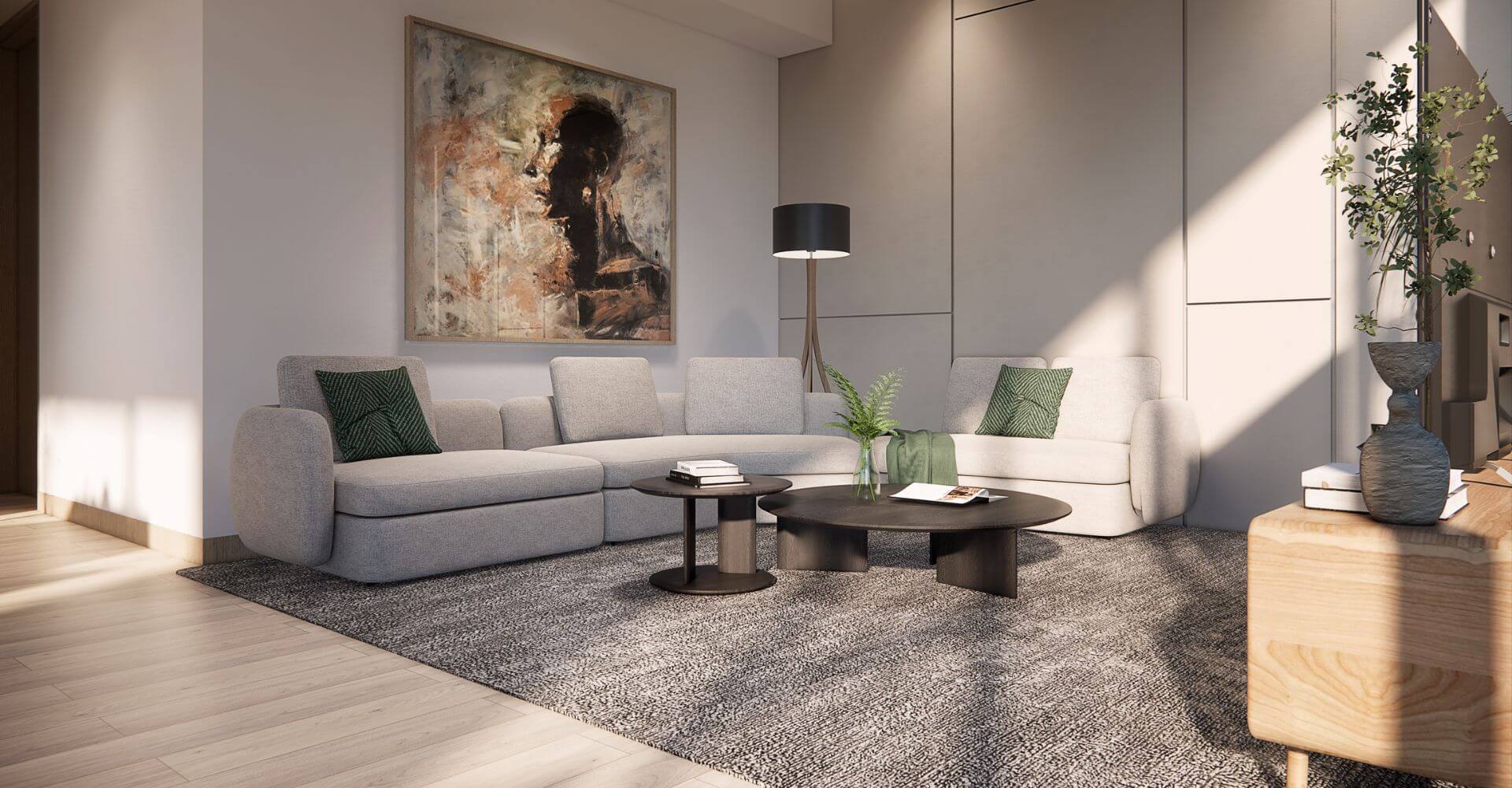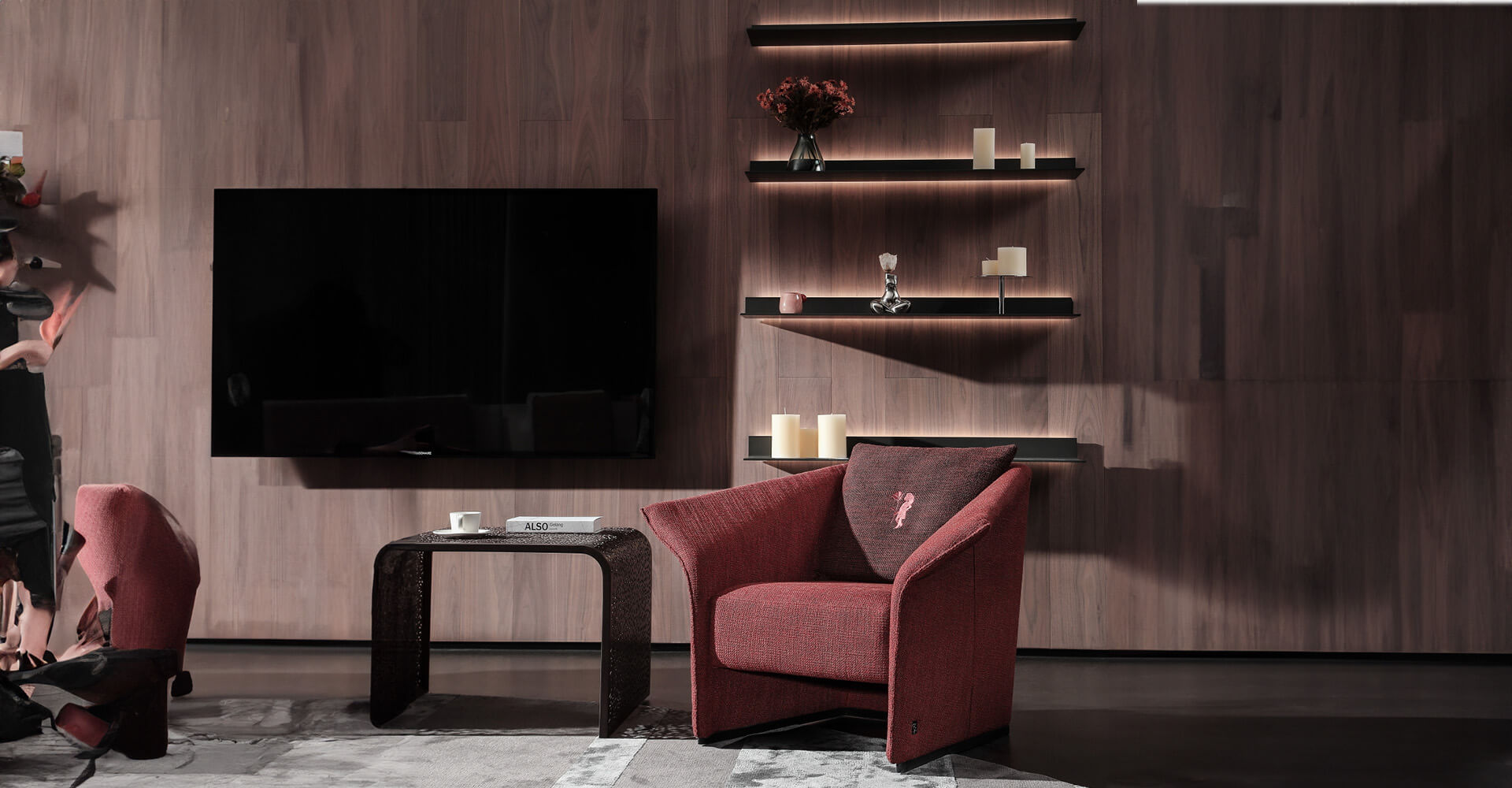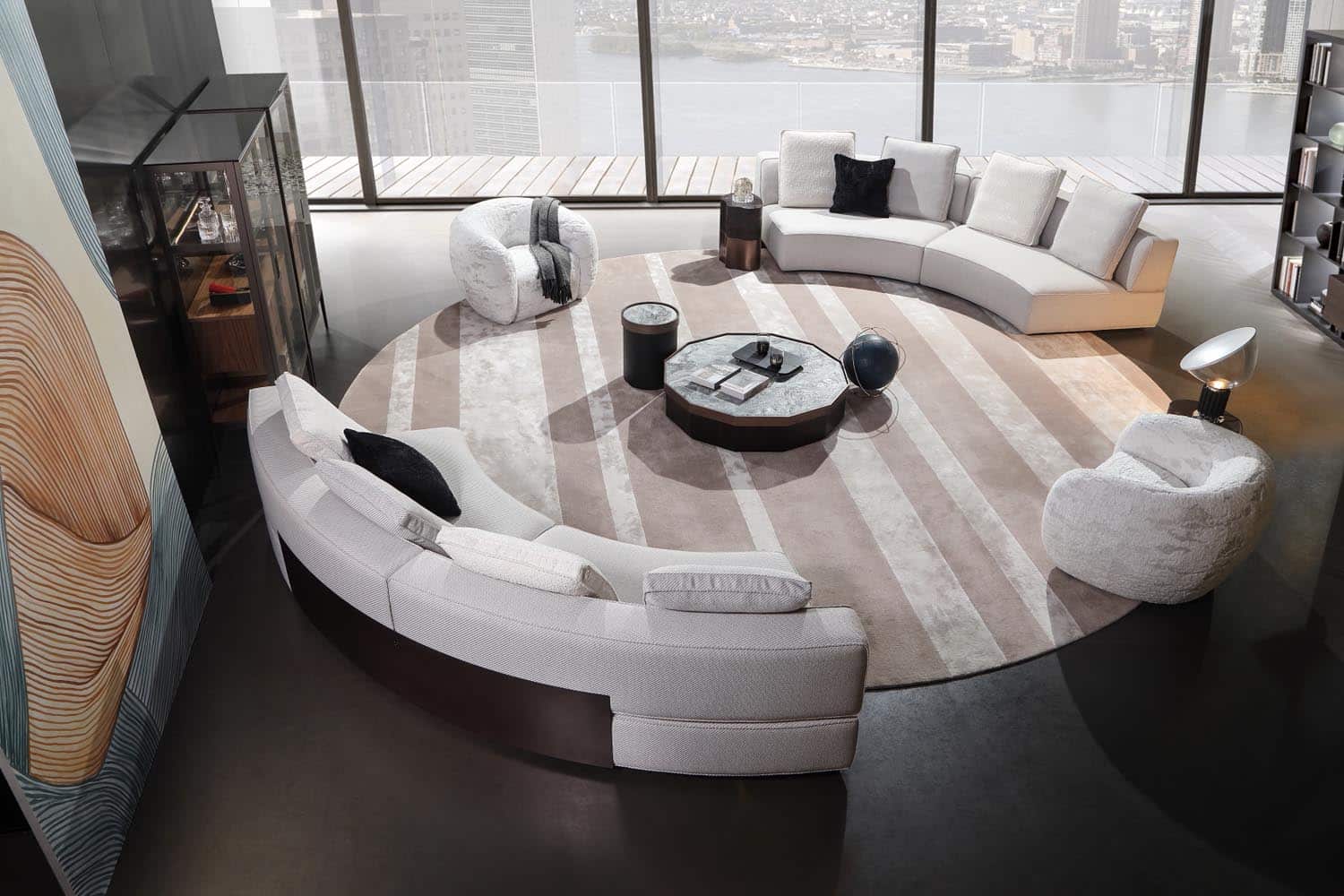Principles of lighting in interior design need special attention. Lighting is the key to the space and influences its function. It creates a specific atmosphere and enhances the space’s beauty. Reasonable lighting layout and design help better meet people’s needs and aesthetic preferences. This article will discuss the principles of lighting in interior design.
Basic Types
Lighting in interior design has three types: basic lighting, task lighting, and ambient lighting.
Basic lighting provides uniform and sufficient basic brightness for indoor spaces, which enables people to move around normally. Basic lighting aims to create a sufficiently bright basic environment and allows other forms of lighting to function effectively.
Task lighting provides illumination to complete specific tasks. It is usually concentrated in specific areas. The lighting for tasks is relatively concentrated and strong.
Atmosphere lighting can create indoor spaces’ atmosphere and mood in a gentle way. Atmosphere lighting helps enhance the space’s artistic and comfortable feel.
Functional Principles
Lighting principles need to be taken into account in interior design. The main goal is to meet the basic functional needs of the space. Therefore, the lighting design of each space needs to be tailored to its specific purpose.
The living room requires a flexible lighting system. The main light provides basic lighting, while wall or floor lamps provide auxiliary light sources.
The kitchen needs bright, even lighting. The lighting in the bedroom should be mainly warm and soft. The bathroom should be moisture-proof and waterproof. In addition, the light should be bright enough for delicate activities such as makeup.
Aesthetic Principles
Light and shadow are important to shape the atmosphere of space. By adjusting the direction and intensity of the light, it is possible to highlight the texture of the wall or the outline of the furniture for a dramatic effect.
A single light source can easily make a space appear dull and unobtrusive. However, multi-level lighting designs can add depth to a space. Basic lighting is responsible for overall brightness. It provides uniform brightness to meet the needs of daily activities.
When designing, it is necessary to ensure an even distribution of light with no obvious shadows or glare. Key lighting enhances the visual focus of the space by highlighting certain spatial elements through spotlights or track lights.
Atmospheric lighting is mainly used to create an emotional space experience and enhance artistic effect. Warm-colored light strips, table lamps, or wall lamps can create a warm, romantic, or modern atmosphere.
Different color temperature lights can give people different feelings. Warm light (about 2700K-3000K) can create a warm and comfortable atmosphere. It is suitable for leisure places such as bedrooms and living rooms.
Cool light (about 4000K-6500K) helps improve concentration. It is ideal for an office or study environment. For some design styles, colored lighting can also be used. For example, adjustable RGB lighting can be added to a modern or art space.
Selection of Lighting Fixtures
Lighting is an important part of interior design. Uniquely shaped chandeliers, simple yet modern spotlights, or vintage-inspired wall lamps provide lighting. They can also be decorative highlights of a space.
Chandeliers are commonly used in public places such as living and dining rooms. It provides basic lighting and decorative elements. The size and style of the chandelier should be carefully considered and coordinated with the overall design of the space.
Downlights and spotlights are suitable for critical lighting, such as illuminating wall decorations or bookshelves. They can be embedded in the ceiling or mounted on rails to adjust the direction of light flexibly. Table lamps and floor lamps are often used to aid lighting or create an atmosphere and can be placed in a reading corner or on a bedroom headboard.
Remember to pay attention to the material and color of the lampshade, as this can help regulate the softness of the light. The light strip is highly decorative and suitable for installation on the ceiling, cabinet, or floor line to increase the sense of space layer.
Lighting design needs to consider more energy conservation and environmental protection issues. Prioritize the selection of high-efficiency lighting fixtures. LED lights are efficient, energy-saving, long-lasting, and have low heat generation. These advantages make it the mainstream choice for modern lighting. Compared to traditional incandescent lamps, LED lamps can save over 80% of energy.
The intelligent lighting system can be controlled through a mobile phone or voice assistant to automatically adjust the lighting according to the scene, which is convenient and environmentally friendly. It is possible to fully utilize natural light during the day and only supplement artificial light sources when necessary.
Recommendation
Principles of lighting in interior design is a useful topic. If you are interested in finding lighting in interior design for your family, La Maisonaire is a great choice as a specialized brand for furniture if you want inspiration. Click in and you can refer to principles of lighting in interior design to help set the style you want.



